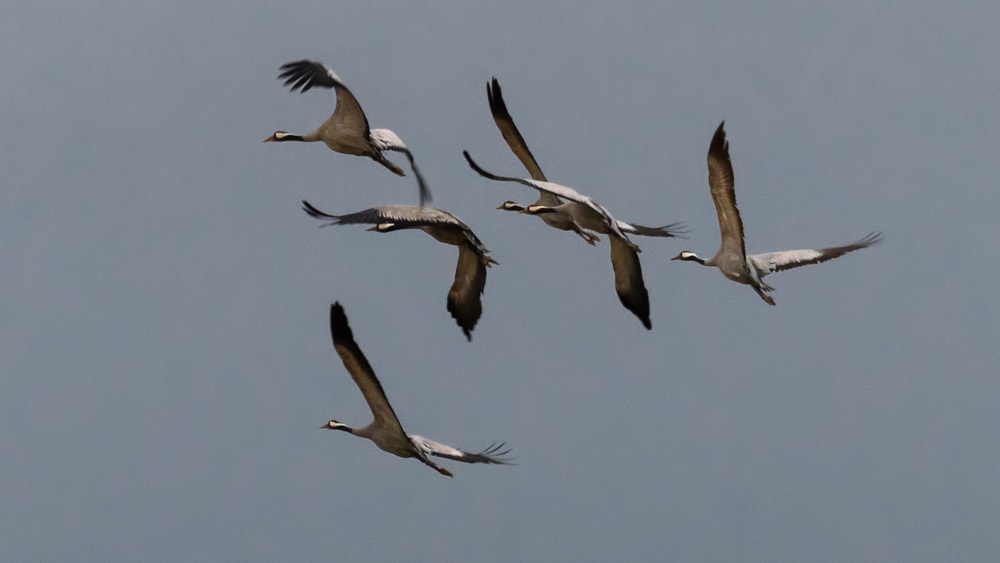British crane population breaks modern records
The British population of Common Crane has reached its highest level for more than 400 years, a recent survey has revealed.
The research confirmed that some 56 pairs were present in 2019 – a modern-day record – bringing the total population to an estimated 200 birds. Common Crane became extinct in the UK roughly 400 years ago but, following natural recolonisation of a few birds and extensive conservation work, including a reintroduction programme, these graceful birds are making a return.

An estimated 56 pairs of Common Crane now reside in Britain (Andy Thompson).
In 1979, a small number of wild cranes returned to Norfolk and conservation groups have been working together to encourage the species, which has now spread to other areas in eastern England, before recolonising Scotland and Wales in 2012 and 2016 respectively. In 2010, the Great Crane Project reintroduced birds to the Somerset Levels.
Conservation efforts have yielded impressive results, with as many as 47 of the 56 pairs attempting to breed, raising a total of 26 chicks.
Damon Bridge, Chair of the UK Crane Working Group said: "The increase of cranes over the last few years shows just how resilient nature can be when given the chance.
"With the support of our wonderful partners we’ve been able to recreate more and more of the cranes' natural habitat, giving them a place to recuperate after the winter and raise their chicks. They are not yet out of the woods, but their continued population climb year after year is a very positive sign."
Andrew Stanbury, RSPB Conservation Scientist, added: "Thanks to the dedication of individuals, the UK Crane Working Group and conservation organisations, we are delighted to see crane numbers continuing to recover. Nature reserves have played a vital role. At least 85% of the breeding population are found on protected sites, with a third on RSPB reserves alone".
Dr Geoff Hilton, WWT's Head of Conservation Evidence, commented: "The reintroduction of lost species must be supported with good habitat management and protection for the recovery to work. The success of the crane project to date demonstrates what can be achieved in a short space of time by giving nature a helping hand. We also must thank dedicated land managers and farmers in the area for supporting crane conservation."

